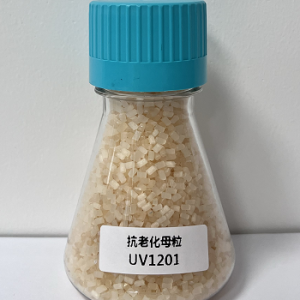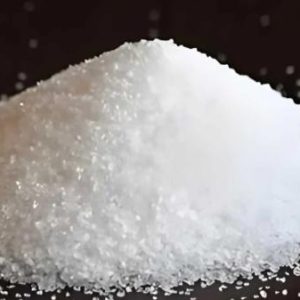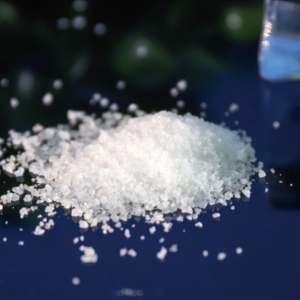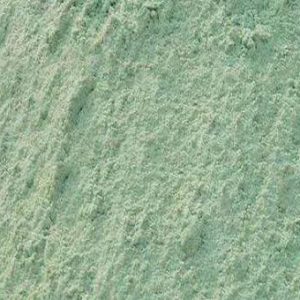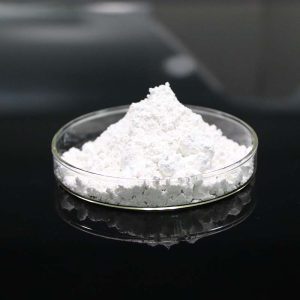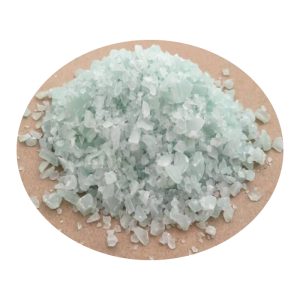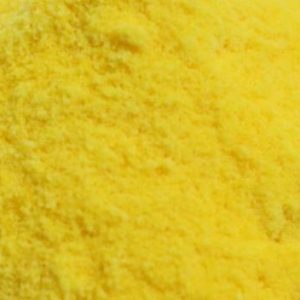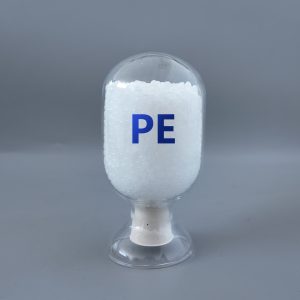Anionic Polyacrylamide
-
Water Treatment: Clarifying drinking water and wastewater by removing suspended solids.
-
Agriculture: Reducing soil erosion and improving irrigation efficiency as a soil conditioner.
-
Oil & Gas: Enhancing oil recovery by thickening injection fluids.
-
Paper & Cosmetics: Serving as a binder or thickener in products.
Cationic Polyacrylamide
Cationic polyacrylamide (CPAM) is mainly used for sewage treatment (such as sludge dewatering, suspended solids flocculation) and industrial wastewater treatment. It adsorbs negatively charged particles through charge neutralization to form large flocs, accelerate sedimentation and filtration. It is widely used in municipal administration, papermaking, printing and dyeing and other industries.
Citric Acid
✔ Food & Beverage Industry – Acts as a natural preservative, acidulant, and flavor enhancer (E330) in soft drinks, candies, and jams.
✔ Pharmaceuticals – Used in effervescent tablets, anticoagulants, and as an antioxidant in medicines.
✔ Household & Industrial Cleaners – Removes limescale, rust, and hard water stains due to its chelating properties.
✔ Cosmetics & Personal Care – Adjusts pH in skincare products, shampoos, and bath salts.
✔ Water Treatment – Helps control pH and prevent corrosion in boilers and cooling systems.
Compound alkali
✔ Industrial Cleaning – Removes grease, oil, and stubborn deposits from machinery, boilers, and pipelines.
✔ Wastewater Treatment – Neutralizes acidic effluents and aids in heavy metal precipitation.
✔ Textile & Dyeing Industry – Adjusts pH and assists in fabric scouring.
✔ Paper & Pulp Processing – Used in bleaching and delignification.
Ferrous Sulfate Heptahydrate 98%
✔ Water & Wastewater Treatment – Acts as a coagulant to remove phosphates, control odor, and reduce sludge volume.
✔ Agriculture – Corrects iron deficiency in plants (chlorosis) and improves soil fertility.
✔ Animal Feed & Nutrition – Iron supplement for livestock to prevent anemia.
✔ Medical Use – Treats iron-deficiency anemia in humans (under medical supervision).
✔ Industrial Uses – Used in pigments, ink production, and as a reducing agent in chemical processes.
Glucose
✔ Biological Energy Source – The main fuel for cellular respiration, producing ATP (adenosine triphosphate).
✔ Food & Beverage Industry – Used as a sweetener, preservative, and fermentation substrate (e.g., in baking, brewing, and dairy products).
✔ Medical Applications – Administered intravenously (IV) to treat hypoglycemia (low blood sugar) and dehydration.
✔ Industrial Uses – Fermentation feedstock for bioethanol, pharmaceuticals, and biochemical production.
Hydrated lime
✔ Water Treatment – Adjusts pH, removes impurities, and softens water in municipal and industrial systems.
✔ Construction – Used in mortar, plaster, and soil stabilization to improve durability and workability.
✔ Wastewater & Flue Gas Treatment – Neutralizes acidic effluents and scrubs SO₂ emissions from industrial exhaust.
✔ Mining & Metallurgy – Aids in ore processing and pH control in tailings management.
✔ Agriculture – Soil amendment to reduce acidity and improve crop yields.
Low Iron Aluminum Sulfate
✔ Chemical Industry – Acts as a catalyst in Friedel-Crafts alkylation and acylation reactions.
✔ Water & Wastewater Treatment – Used as a coagulant to remove impurities and turbidity.
✔ Pharmaceuticals – Employed in the synthesis of drugs and organic compounds.
✔ Cosmetics & Antiperspirants – Found in antiperspirant products (aluminium chlorohydrate derivatives).
✔ Petroleum Refining – Helps in alkylation processes for fuel production.
Polyalumium Chlorine
✔ Drinking Water Treatment – Removes turbidity, organic matter, and microorganisms.
✔ Wastewater Treatment – Effective in industrial effluent, sewage, and sludge dewatering.
✔ Paper & Textile Industries – Acts as a sizing agent and improves wastewater clarity.
✔ Swimming Pool Treatment – Helps in flocculation and phosphate removal.
Polyethylene
Polyethylene (PE) is a thermoplastic formed by the polymerization of ethylene monomers. It is one of the plastics with the largest output and the widest application.
Features: non-toxic, acid and alkali resistant, good insulation. Widely used in packaging, construction, agriculture, medical and other fields.
